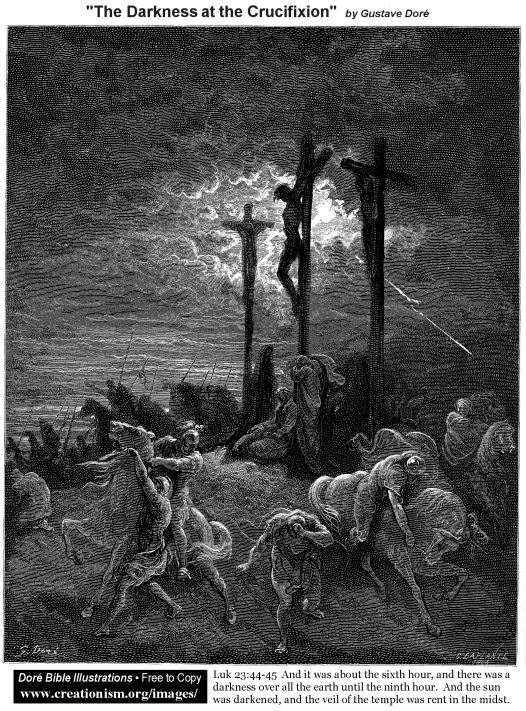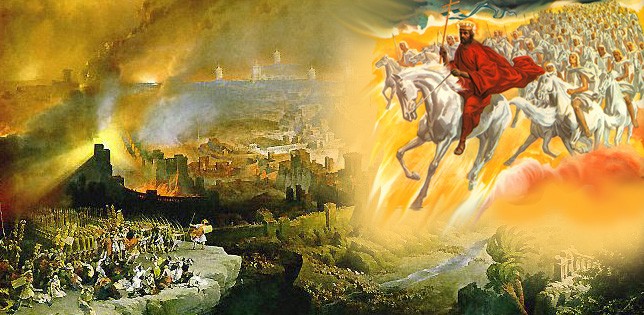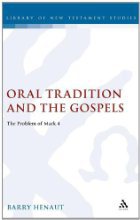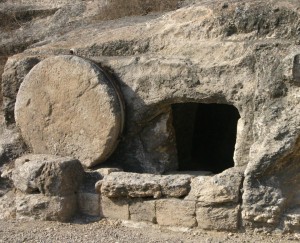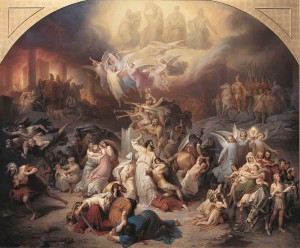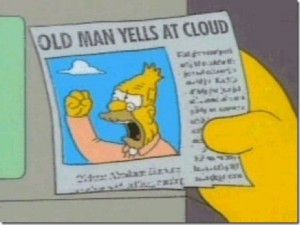Part 2: A Markan Sandwich in John’s Gospel
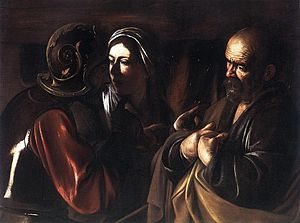
Scholars have long noted that both the gospel of John and Mark interrupt the story of Peter’s denial with Jesus’ hearing before the Sanhedrin (Mark) or Annas (John). Both authors begin with Peter in the courtyard in the predawn hours, pause the story to describe Jesus’ initial questioning before the Jewish authority, then resume the denial narrative. In other words, the author of John’s gospel has apparently used the same literary device found in Mark.
For New Testament scholars who think that John knew Mark, this situation poses no problems. However, scholars who believe John did not know the Synoptics must explain this evidence, which would tend to indicate literary dependence. For example, they might argue that John and Mark:
- independently chose to use the intercalation technique to tell the two stories,
- used a pre-gospel Passion narrative in which this literary device existed,
- or knew the same oral tradition, which happened to contain the sandwich.
Comparing sandwiches
For the purposes of discussion, it’s helpful to see the sandwiches side by side.
| Mark 14:53-72 (NRSV) | John 18:12-27 (NRSV) |
| Introduction | Introduction |
| [53] They took Jesus to the high priest; and all the chief priests, the elders, and the scribes were assembled. | [12] So the soldiers, their officer, and the Jewish police arrested Jesus and bound him. [13] First they took him to Annas, who was the father-in-law of Caiaphas, the high priest that year. [14] Caiaphas was the one who had advised the Jews that it was better to have one person die for the people. |
| A.1 | A.1 |
| [54] Peter had followed him at a distance, right into the courtyard of the high priest; and he was sitting with the guards, warming himself at the fire. | [15] Simon Peter and another disciple followed Jesus. Since that disciple was known to the high priest, he went with Jesus into the courtyard of the high priest, [16] but Peter was standing outside at the gate. So the other disciple, who was known to the high priest, went out, spoke to the woman who guarded the gate, and brought Peter in. [17] The woman said to Peter, “You are not also one of this man’s disciples, are you?” He said, “I am not.” [18] Now the slaves and the police had made a charcoal fire because it was cold, and they were standing around it and warming themselves. Peter also was standing with them and warming himself. |
| B | B |
| [55] Now the chief priests and the whole council were looking for testimony against Jesus to put him to death; but they found none. [56] For many gave false testimony against him, and their testimony did not agree. [57] Some stood up and gave false testimony against him, saying, [58] “We heard him say, ‘I will destroy this temple that is made with hands, and in three days I will build another, not made with hands.'” [59] But even on this point their testimony did not agree. [60] Then the high priest stood up before them and asked Jesus, “Have you no answer? What is it that they testify against you?” [61] But he was silent and did not answer. Again the high priest asked him, “Are you the Messiah, the Son of the Blessed One?” 62 Jesus said, “I am; and ‘you will see the Son of Man seated at the right hand of the Power, and coming with the clouds of heaven.'” 63 Then the high priest tore his clothes and said, “Why do we still need witnesses? 64 You have heard his blasphemy! What is your decision?” All of them condemned him as deserving death. 65 Some began to spit on him, to blindfold him, and to strike him, saying to him, “Prophesy!” The guards also took him over and beat him. | [19] Then the high priest questioned Jesus about his disciples and about his teaching. [20] Jesus answered, “I have spoken openly to the world; I have always taught in synagogues and in the temple, where all the Jews come together. I have said nothing in secret. [21] Why do you ask me? Ask those who heard what I said to them; they know what I said.” [22] When he had said this, one of the police standing nearby struck Jesus on the face, saying, “Is that how you answer the high priest?” [23] Jesus answered, “If I have spoken wrongly, testify to the wrong. But if I have spoken rightly, why do you strike me?” [24] Then Annas sent him bound to Caiaphas the high priest. |
| A.2 | A.2 |
| [66] While Peter was below in the courtyard, one of the servant-girls of the high priest came by. [67] When she saw Peter warming himself, she stared at him and said, “You also were with Jesus, the man from Nazareth.” [68] But he denied it, saying, “I do not know or understand what you are talking about.” And he went out into the forecourt. Then the cock crowed. [69] And the servant-girl, on seeing him, began again to say to the bystanders, “This man is one of them.” [70] But again he denied it. Then after a little while the bystanders again said to Peter, “Certainly you are one of them; for you are a Galilean.” [71] But he began to curse, and he swore an oath, “I do not know this man you are talking about.” [72] At that moment the cock crowed for the second time. Then Peter remembered that Jesus had said to him, “Before the cock crows twice, you will deny me three times.” And he broke down and wept. | [25] Now Simon Peter was standing and warming himself. They asked him, “You are not also one of his disciples, are you?” He denied it and said, “I am not.” [26] One of the slaves of the high priest, a relative of the man whose ear Peter had cut off, asked, “Did I not see you in the garden with him?” [27] Again Peter denied it, and at that moment the cock crowed. |
Both authors have suspended the action outside in the courtyard in order to describe the questioning of Jesus, suggesting that the events occurred at the same time. As you no doubt already know, Mark often used such literary intercalations to great effect. He begins to tell one story, then leaves us hanging while he tells another, then returns for the punch line.
Of course, the observant reader or listener will pick up on the connections between the bread and the filling. In this case, Mark finally has Jesus tell someone in authority the whole truth: He is the Messiah. While Jesus is admitting his identity to the Sanhedrin, Mark tells us that Peter was denying his identity as a disciple. In addition, while the guards beat a now silent Jesus, whom they mockingly ask to prophesy, Peter is fulfilling prophecy through his threefold denial.
John’s story differs in details, but retains the same structure and some of the same elements. In particular, they both use the same word for “warming himself” — θερμαινόμενος (thermainomenos) — to frame the interrogation scene. One would think that presence of an unusual word in both texts, along with the same literary/narrative device would be strong evidence that John used Mark. And that’s true of scholars who see no reason why John wouldn’t have been aware of at least one of the other gospels.
In fact, Norman Perrin in The New Testament, an Introduction: Proclamation and Parenesis, Myth and History, cited the double sandwich phenomenon as a key reason for thinking John knew Mark. He pointed to doubts in recent scholarship that a pre-Markan passion narrative actually existed. More likely, Mark did not inherit the passion story, but instead wrote it.
But there is a strong case that Mark himself originally composed this account of the trial at night before the Jewish authorities and then set it in the context of the story of Peter’s denial. If this is so, the evangelist John must necessarily have known the gospel of Mark. (Perrin, p. 228, emphasis mine)
Perrin, incidentally, reminds us that sholars have never settled on the issue of Johanine independence.
That question has never been answered by a consensus of scholarly opinion. (Perrin, p. 226)
On the other hand, Robert Forta . . .
However, Craig A. Evans is not convinced. He prefers to imagine a pre-Markan, pre-Johanine “tradition,” that both evangelists tapped into.

